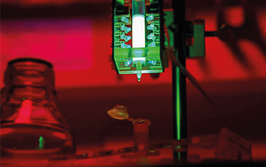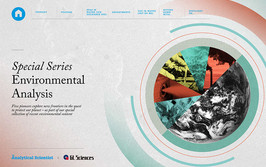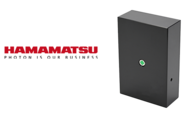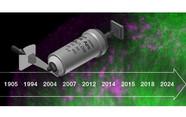Routine proteome analysis using 50 cm μPAC™ columns

contributed by Pharma Fluidics |
The practice of bottom-up proteomics relies to a large extent on the separation performance that can be achieved with state-of-the art nano LC-MS/MS equipment.
Introduction
The practice of bottom-up proteomics relies to a large extent on the separation performance that can be achieved with state-of-the art nano LC-MS/MS equipment. Depending on the sample complexity or the instrument time that can be dedicated to a certain sample, di erent LC columns and corresponding LC-MS/MS methods are often required. When aiming for comprehensive proteome analysis with deep coverage, relatively long columns (lengths up to 75 cm) are typically operated with long and shallow solvent gradients, delivering the highest chromatographic performance. This is indeed a good strategy if very complex samples need to be analyzed and when as much information as possible needs to be retrieved from these samples. However, daily routine proteome analysis often deals with much less complex samples or demands increased sample throughput, making total analysis times above 120 min undesirable or even impossible.
Log in or register to read this article in full and gain access to The Analytical Scientist’s entire content archive. It’s FREE!

















